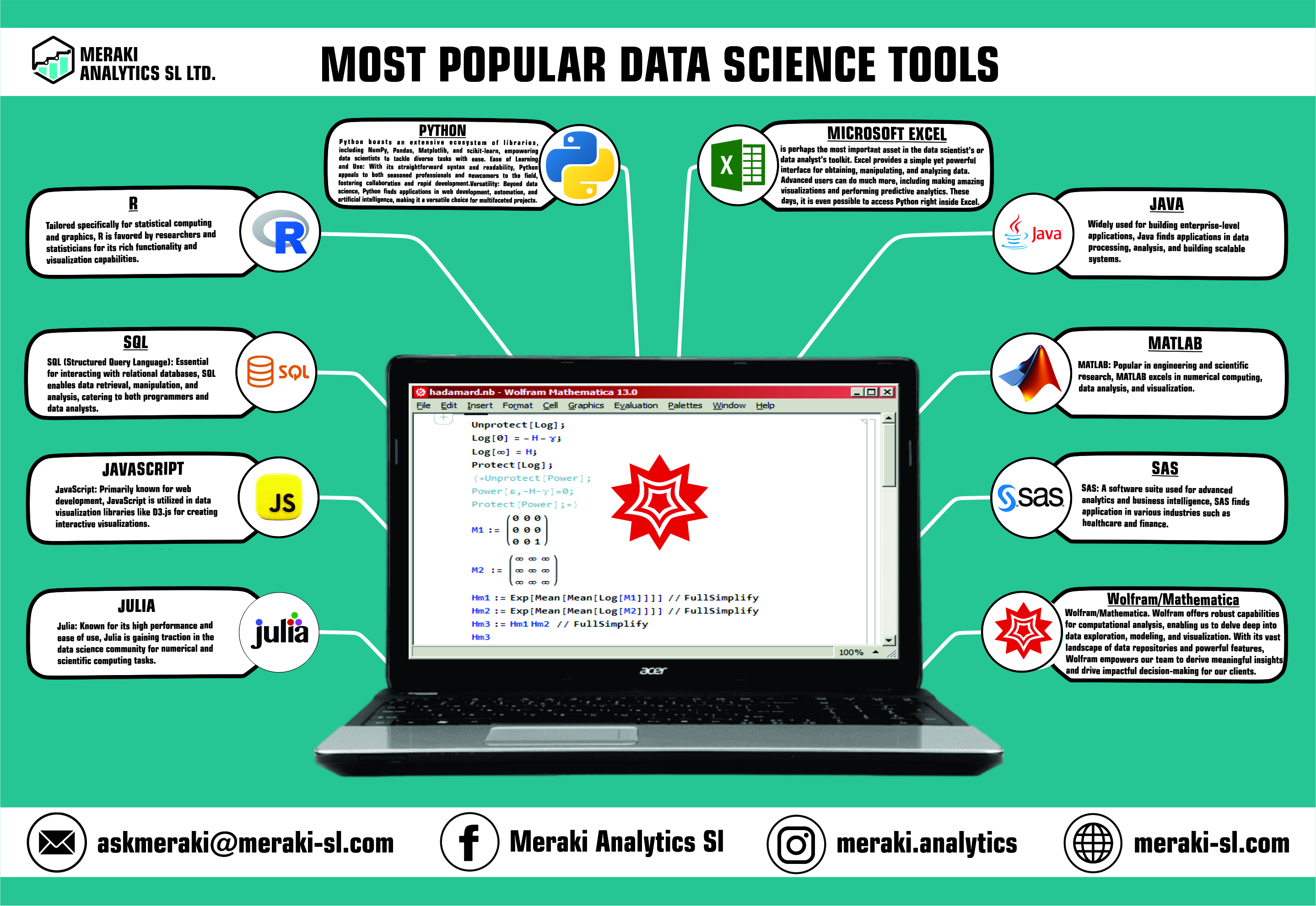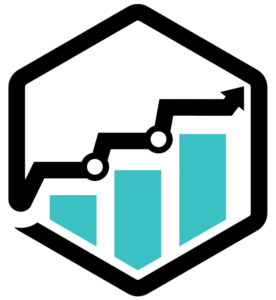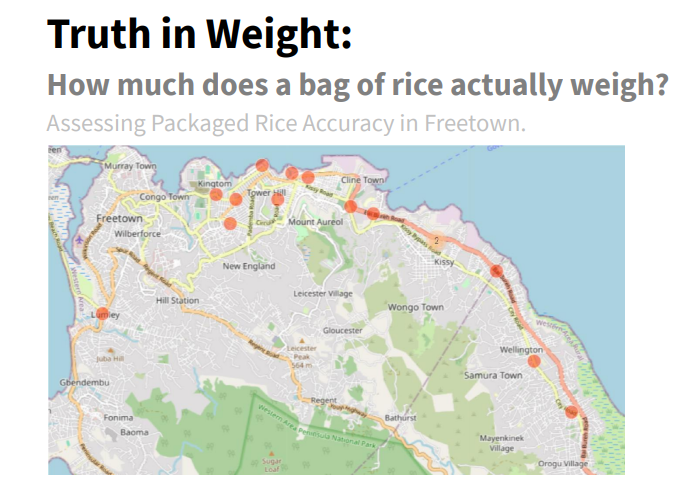In the vast realm of data science, one question stands paramount: “What are the most widely used tools/programming languages, and why?”, shedding light on the primary tools wielded by data scientists worldwide.
The Most Widely Used Data Science Tools
Python
When exploring the data science landscape, Python emerges as the undisputed powerhouse. Renowned for its simplicity, versatility, and extensive libraries, Python has cemented its place as the go-to language for data manipulation, analysis, visualization, and machine learning.
Why Python?
Rich Ecosystem: Python boasts an extensive ecosystem of libraries, including NumPy, Pandas, Matplotlib, and scikit-learn, empowering data scientists to tackle diverse tasks with ease.
Ease of Learning and Use: With its straightforward syntax and readability, Python appeals to both seasoned professionals and newcomers to the field, fostering collaboration and rapid development.
Versatility: Beyond data science, Python finds applications in web development, automation, and artificial intelligence, making it a versatile choice for multifaceted projects.
Expanding the Horizon: Programming Languages for programmers and non-programmers Alike Beyond Python, several other tools and programming languages play vital roles in the data science landscape, catering to both programmers and non-programmers:
Microsoft Excel
Excel is perhaps the most important asset in the data scientist’s or data analyst’s toolkit. Excel provides a simple yet powerful interface for obtaining, manipulating, and analyzing data. Advanced users can do much more, including making amazing visualizations and performing predictive analytics. These days, it is even possible to access Python right inside Excel.
R
Tailored specifically for statistical computing and graphics, R is favored by researchers and statisticians for its rich functionality and visualization capabilities.
SQL (Structured Query Language)
Essential for interacting with relational databases, SQL enables data retrieval, manipulation, and analysis, catering to both programmers and data analysts.
Java
Widely used for building enterprise-level applications, Java finds applications in data processing, analysis, and building scalable systems.
MATLAB
Popular in engineering and scientific research, MATLAB excels in numerical computing, data analysis, and visualization.
JavaScript
Primarily known for web development, JavaScript is utilized in data visualization libraries like D3.js for creating interactive visualizations.
SAS
A software suite used for advanced analytics and business intelligence, SAS finds application in various industries such as healthcare and finance.
Julia
Known for its high performance and ease of use, Julia is gaining traction in the data science community for numerical and scientific computing tasks.
WolframLanguage/Mathematica: Our Tool of Choice at Meraki Analytics
At Meraki Analytics, we combine several of the above tools for our data analytics work. Our tool of choice, however, is Wolfram/Mathematica. Wolfram offers robust capabilities for computational analysis, enabling us to delve deep into data exploration, modeling, and visualization. With its vast landscape of data repositories and powerful features, Wolfram empowers our team to derive meaningful insights and drive impactful decision-making for our clients.
In conclusion, while Python reigns supreme in the realm of data science, the field encompasses a diverse array of programming languages and tools, each offering unique strengths and catering to different needs and preferences. At Meraki Analytics, we leverage the right tools for the job, ensuring optimal outcomes and delivering value to our clients and stakeholders.

Contributors:
Tracy Jac-during- Author
Musa Mansaray –Graphics Design



